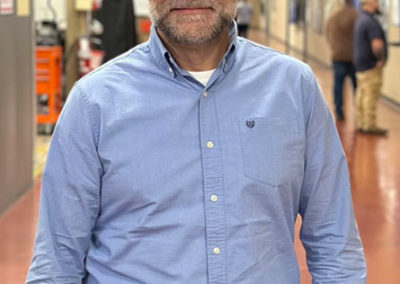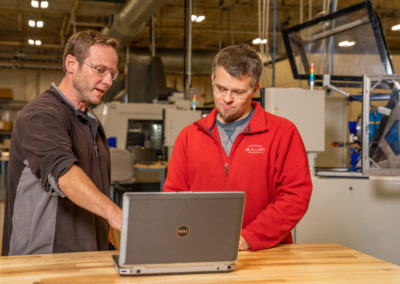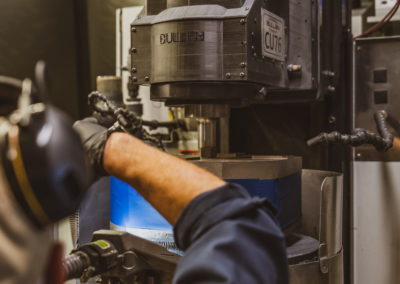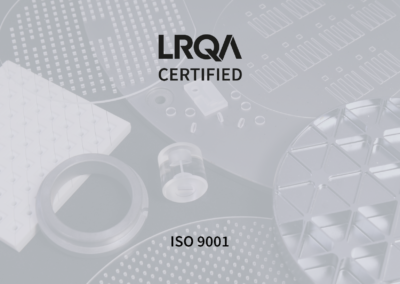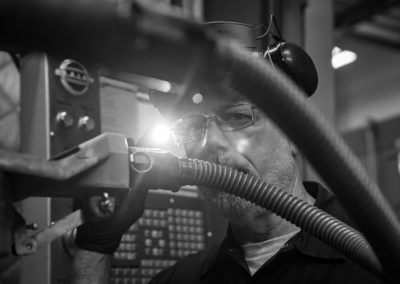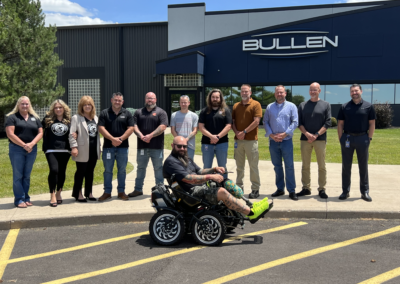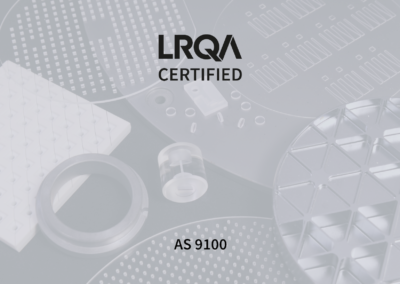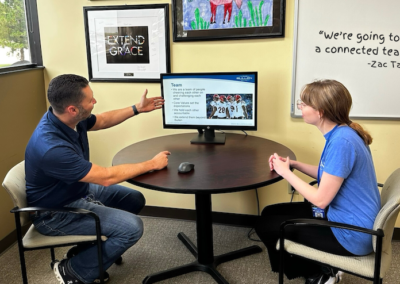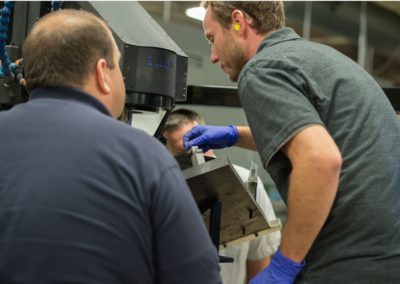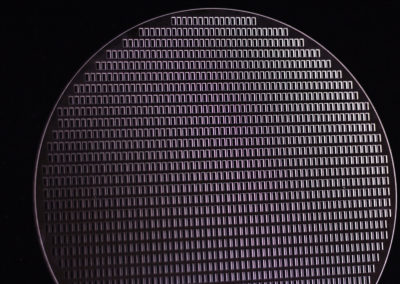Rapid Pace of Change
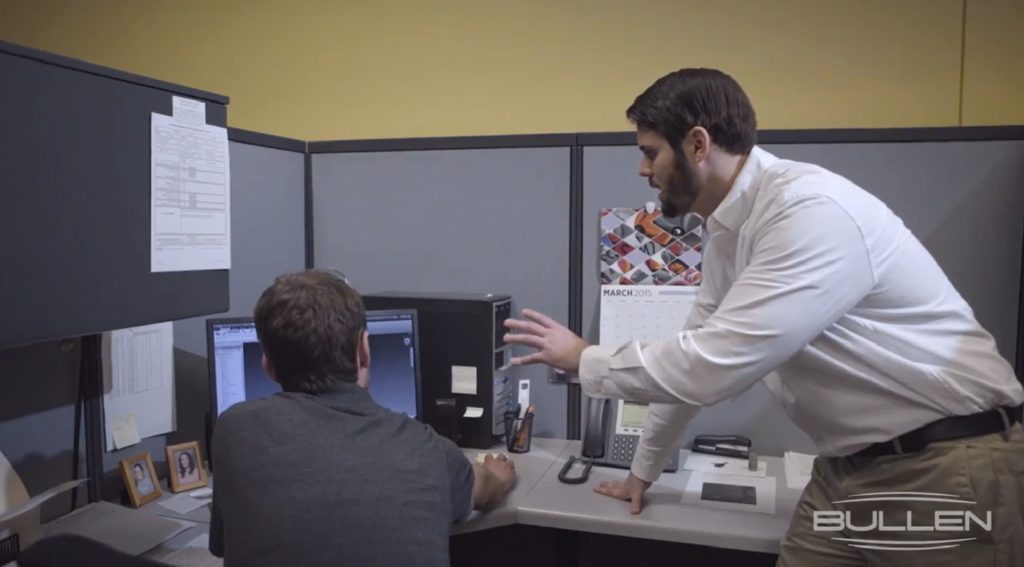
Back in the 7th grade, my fellow classmates and I were faced with one of our first educational choices: Home Economics, Woodshop, or the often-overlooked and relatively new elective called Drafting. Only a few of us chose learning how to create circles, angles and lines to form multiview drawings. I remember shopping at a local office supply store for an engineer’s scale, various odd-numbered pencil leads (there are more options than a #2), a special eraser, bow compass and a host of other instruments that looked technical and important. On the first day of Drafting, I carried in a shoe box with all my drafting supplies. Since taping down that first piece of drafting paper and making my first line, I was hooked, and started down a path to engineering and making my own designs. I could hardly imagine what would happen to the tools of the trade and what would be in the “shoe box” of the future.
They say the earliest historical record of engineering drafting was a Babylonian castle layout from 2000 B.C. For centuries, engineering design was fairly static. Basically, it meant getting out a pencil and paper to make drawings by hand, with only a few mechanical aids. Back in 1983 while I was learning the basics, a few companies were already using early CAD stations, but it was far from mainstream. Most engineers were still using the same basic “shoebox” tools I was learning to use.
Recently I have reflected on how much things have changed in engineering and manufacturing. With all these time-saving advancements, why are things speeding up and what is driving such a frantic pace?
Here’s a not-so-unusual scenario: a customer sent Bullen a model of a change coming down the pike. This design was red hot and we needed to be prepared to manufacture some prototypes as soon as they arrived. Tooling and fixtures were designed. Models were ran through various multi-physics simulations to verify designs. The customer part and our fixture designs were 3D printed and put in the hands of an experienced machinist for design review. We found some things we didn’t like about the workholding, changed the design and printed another fixture to try. Keep in mind an actual part had not even hit our dock and not one metal chip had been cut for tooling or fixturing and we were already in design refinement.
All of these new tools are enabling parallel advanced tasks, when not so long ago it would have been a much longer sequence of serial tasks. Model-centric manufacturing, advanced multi-physics modeling, additive manufacturing, web meetings, First Part Correct, collaborative customer/vendor relationships and strong consumer demand for electronics are driving this rapid pace in every market. We’re probably just on the shores of seeing the pace quicken as “Big Data” is used for targeted marketing.
All of us in manufacturing – in maintenance, quality, production, engineering, sales, or research – bring unique skills, dispositions and talents to our work environments every day. But all of us are recognizing that “change management” is an ever-increasing skill requirement regardless of personality or position. The thinking and tools for project management are changing. A detailed project plan becomes very inefficient when the project changes scope every two weeks. Adding fine granular detail two months out when you know it’s going to be wasted effort? Not a good idea. New approaches and tools for adaptive project planning must be in the “shoe box” today.
My advice to myself is to expect change and learn to enjoy it. I’ve got to admit that the tools that enable rapid change are really cool; they make it an exciting time to be an engineer. While this new pace is challenging me in ways I never expected, I’m still satisfied that my seventh-grade self made the right choice.
Eric Norton
Director of Engineering and Technology
